From October 15, 2022 to January 8, 2023, the Fondazione Ragghianti in Lucca presents the exhibition Nuove Tendenze. Leonardo Dudreville and the Avant-Garde in the 1910s, curated by Francesco Parisi. At the beginning of the twentieth century there were many artistic realities that were in search of a new aesthetic: among them was the group Nuove Tendenze founded in Milan in 1913 by the critic Ugo Nebbia and the artist Leonardo Dudreville (Venice, 1885 - Ghiffa, Verbano-Cusio-Ossola, 1976). The Lucca exhibition is dedicated precisely to Dudreville’s work and the activity of the Nuove Tendenze group, which together with Futurism contributed to changing the aesthetics of the early 20th century.
Interested in the themes of music and states of mind, the New Tendencies movement shows remarkable similarities with secessionist groups on a European scale. It is also characterized by an absolute experimental freedom. The exhibition aims to offer the public a reading in the context of the international avant-garde and Italian “fringe exhibitions,” freeing Nuove Tendenze from the label of para-futurist, even though it has many points in common with Futurism.
Through materials from theLeonardo Dudreville Archive in Monza and from various private and public collections, the exhibition analyzes the artistic context in which Nuove Tendenze was formed, investigating some moments of Leonardo Dudreville’s artistic activity, starting from his visit with Umberto Boccioni to Vittore Grubicy’s studio, to his forays into Divisionist technique, and displaying a body of works produced between 1904 and 1919.
The exhibition opens with a section devoted to the developments of Divisionism in the first decade of the twentieth century, in which Dudreville’s works demonstrate an unprecedented openness to expressive and formal values that point to an autonomous use of pictorial sign, light and color. The exhibition continues with a section devoted to Dudreville’s relations with the Futurist cohort and with other artists, such as Aroldo Bonzagni.


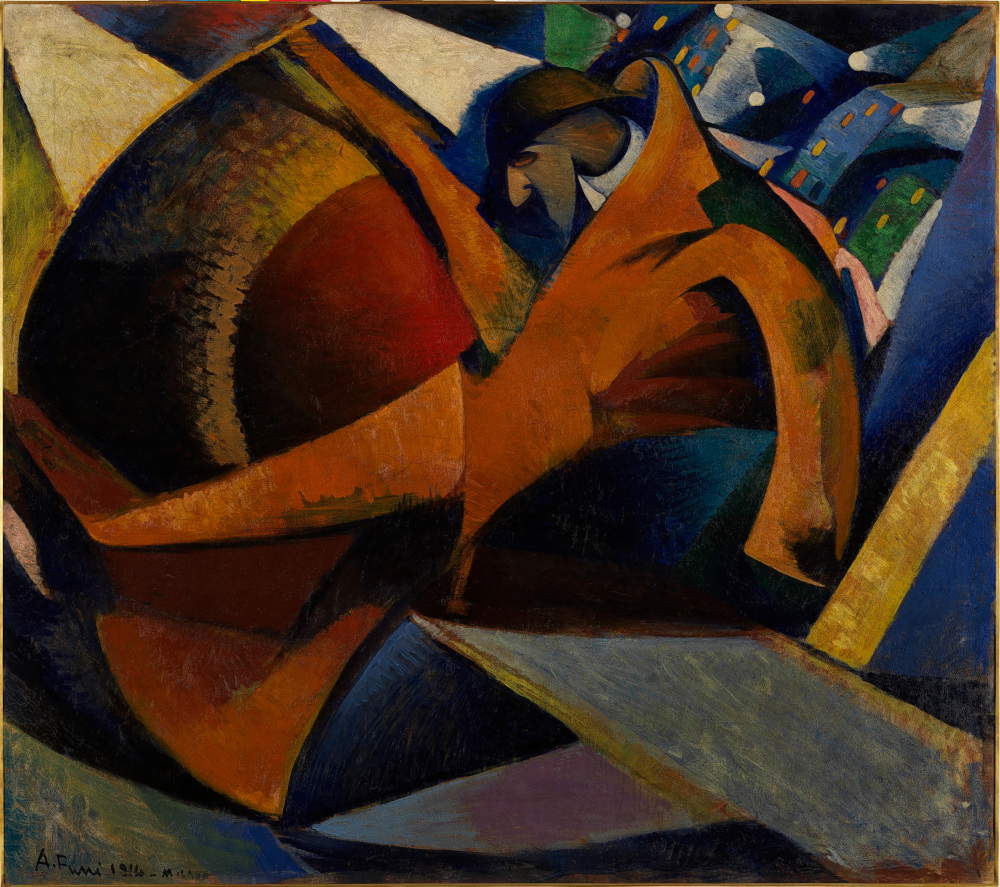
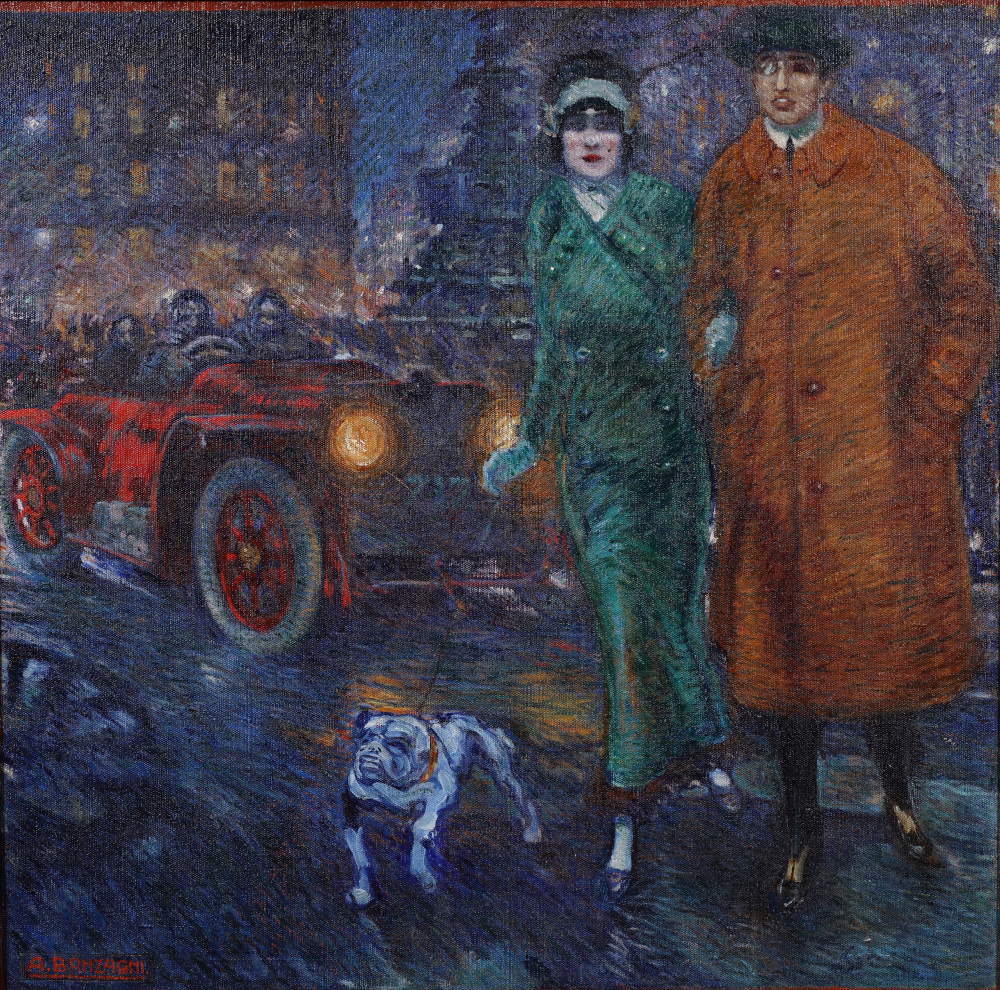
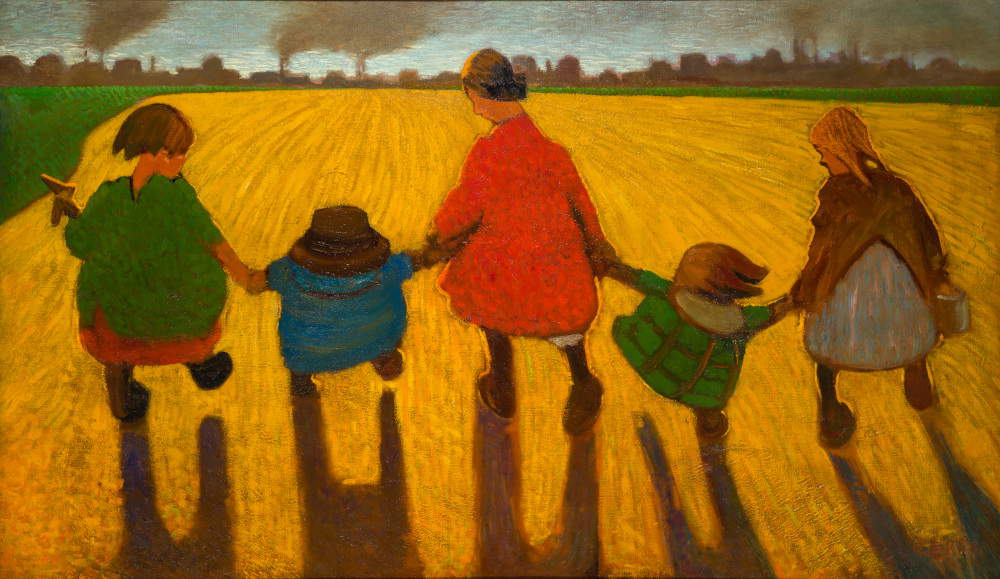
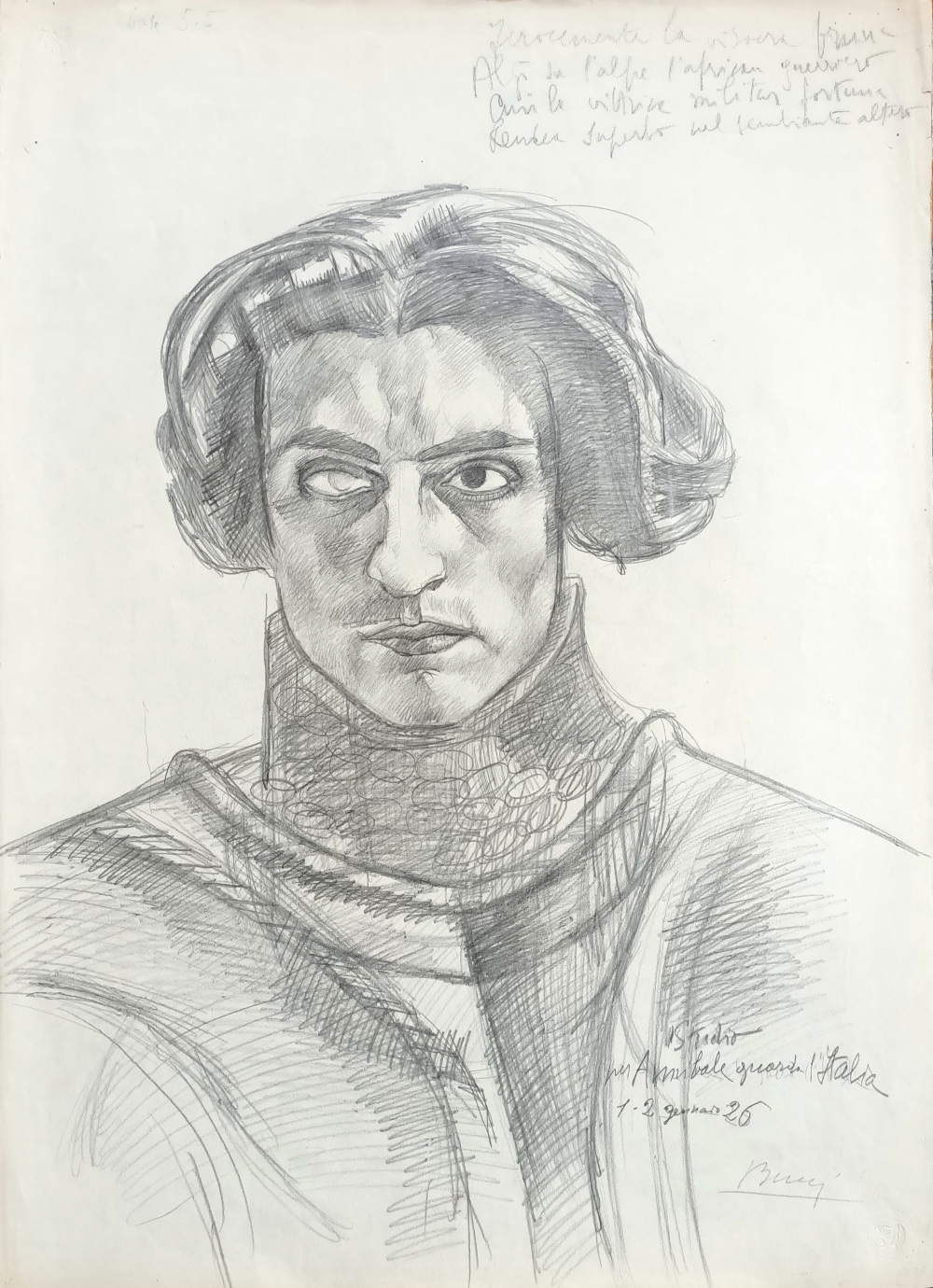
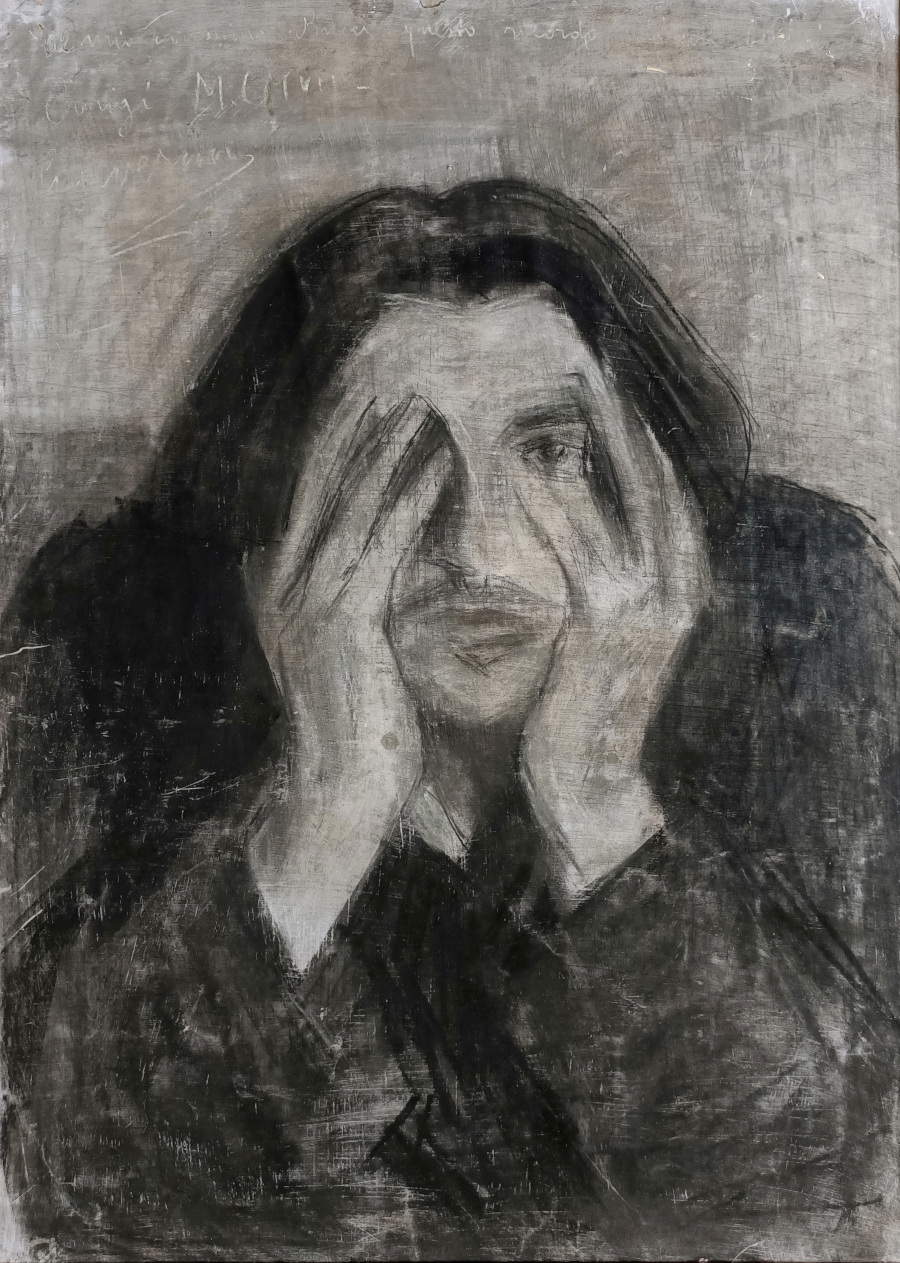
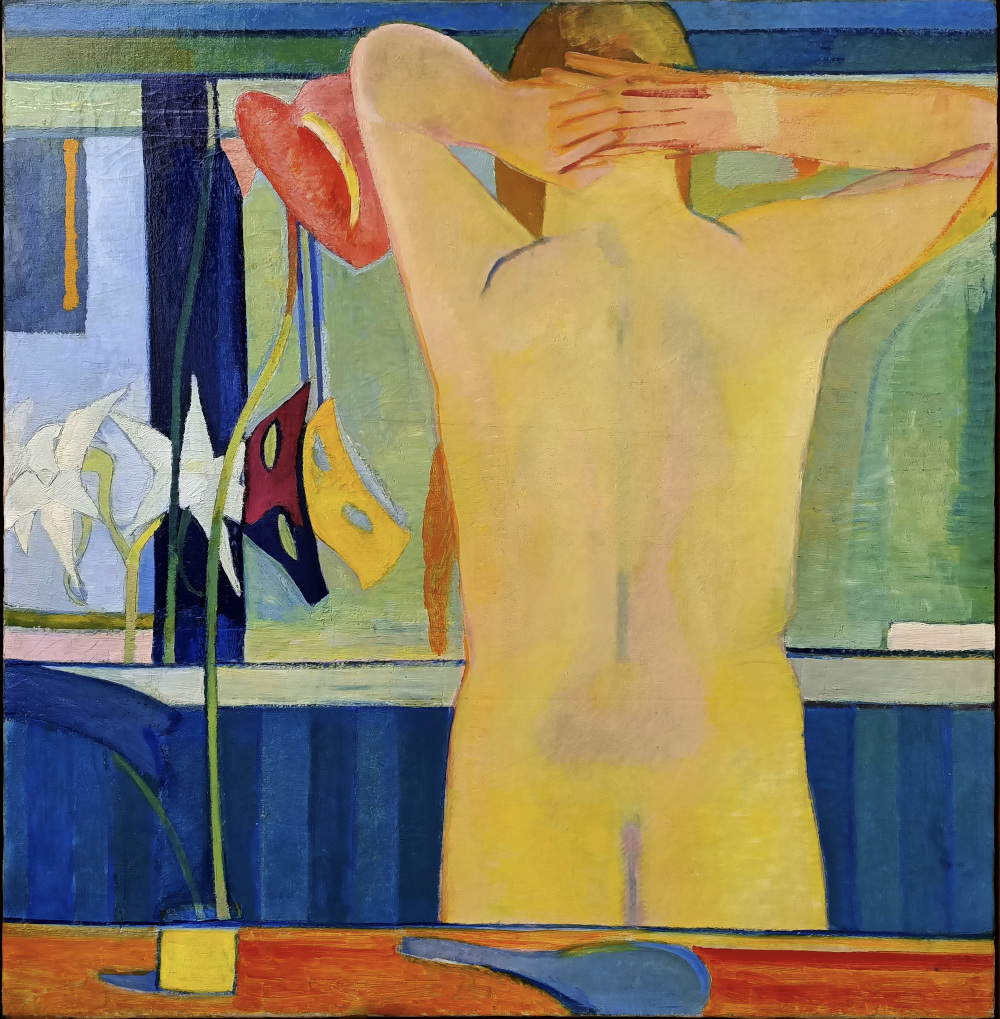
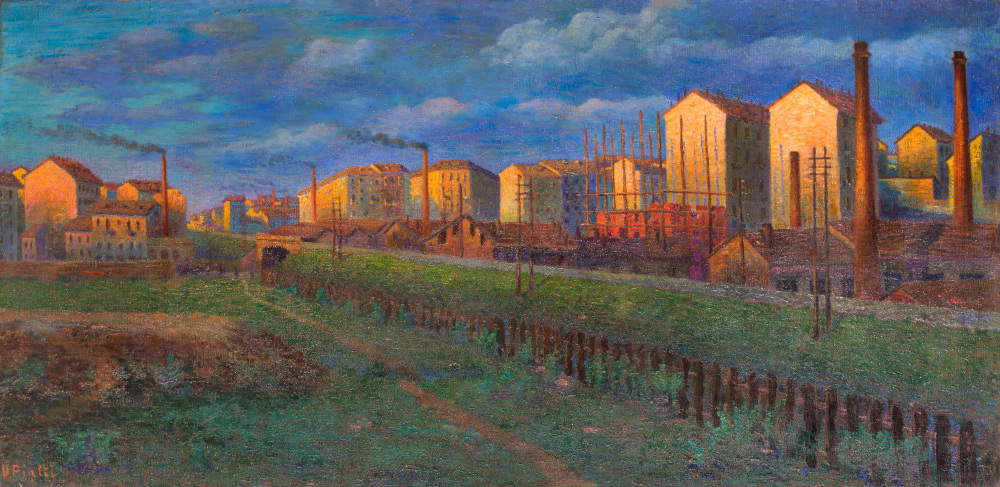
The second part of the exhibition, on the other hand, is dedicated to Dudreville’s participation in “fringe exhibitions” such as Nuove Tendenze, which constitutes one of the main exhibition episodes in which the Milanese artistic avant-garde elaborated an alternative operative strategy compared to the official channels linked to the academic world. On display in this part are works and documents, including publications, letters, photographs, and postcards, that tell how the exhibition Nuove Tendenze (1914) sanctioned the birth of an autonomous and self-sufficient exhibition project, linked to the identification of an avant-garde aesthetic position that goes beyond the exclusively contextual logic of the exhibitions Arte Libera of 1911 and Rifiutati del Cova of 1912. Alongside the works by Dudreville exhibited on that occasion, works by Carlo Erba, Achille Funi, Mario Chiattone, Adriana Bisi Fabri, Antonio Sant’Elia, and Marcello Nizzoli are on view.
Also prominent in this context is the central role of theFamiglia Artistica association in the local art milieu, which guaranteed the younger and more militant artists a free exhibition center with no admission juries: all members of Nuove Tendenze, including critics, participated in the social and artistic life of that reality.
The exhibition at the Ragghianti Foundation also includes a number of works exhibited in the Galleria Centrale d’Arte in the former Caffè Cova in April 1919, which is useful for reading the longevity of the Milanese Futurist phenomenon, but which also documents Dudreville’s last direct relations with Futurism of Boccionian and Marinettian matrix.
On Jan. 11, 1920, Dudreville signed with Funi, Russolo and Sironi the manifesto Contro tutti i ritorni in pittura, which ideally closes the exhibition by revealing his approach to a new theoretical and aesthetic vision.
Accompanying the exhibition is a book-catalogue published by the Fondazione Ragghianti with Silvana Editoriale, which includes reproductions of the works on display, documents and period materials, and essays by curator Francesco Parisi with those by Alessandro Botta, Niccolò D’Agati, Roberto Dulio, Elena Pontiggia and Sergio Rebora.
For more info: www.fondazioneragghianti.it
 |
| Lucca, an exhibition on Leonardo Dudreville and the New Tendencies group at the Ragghianti Foundation |
Warning: the translation into English of the original Italian article was created using automatic tools. We undertake to review all articles, but we do not guarantee the total absence of inaccuracies in the translation due to the program. You can find the original by clicking on the ITA button. If you find any mistake,please contact us.